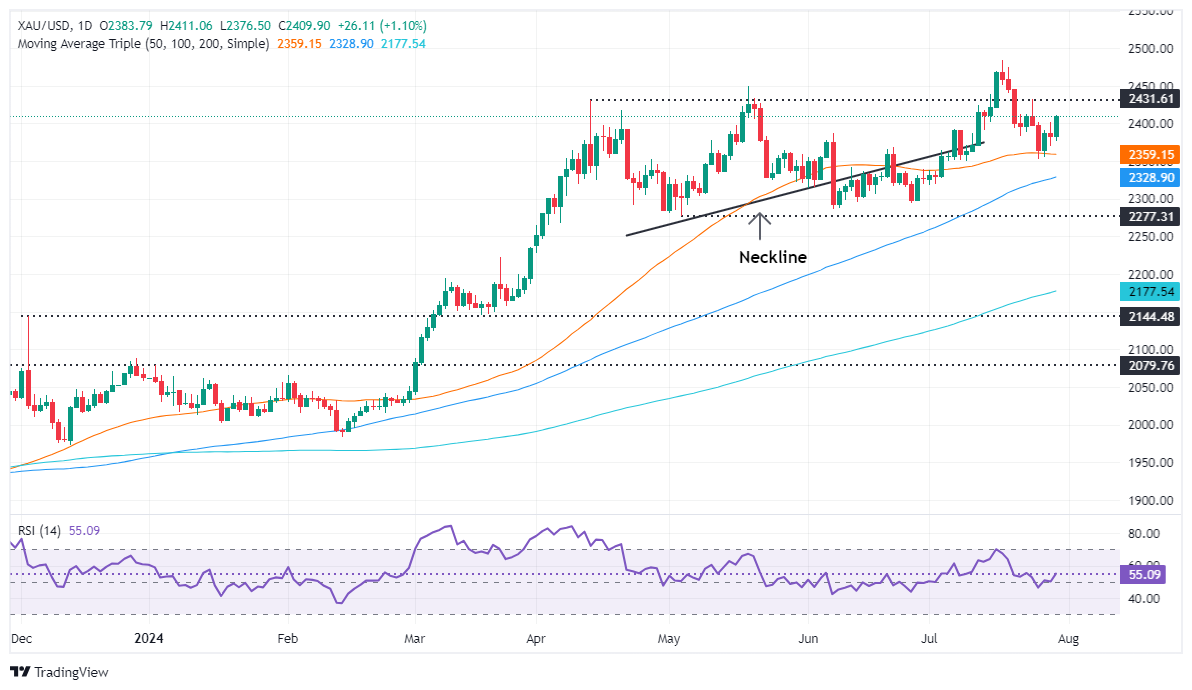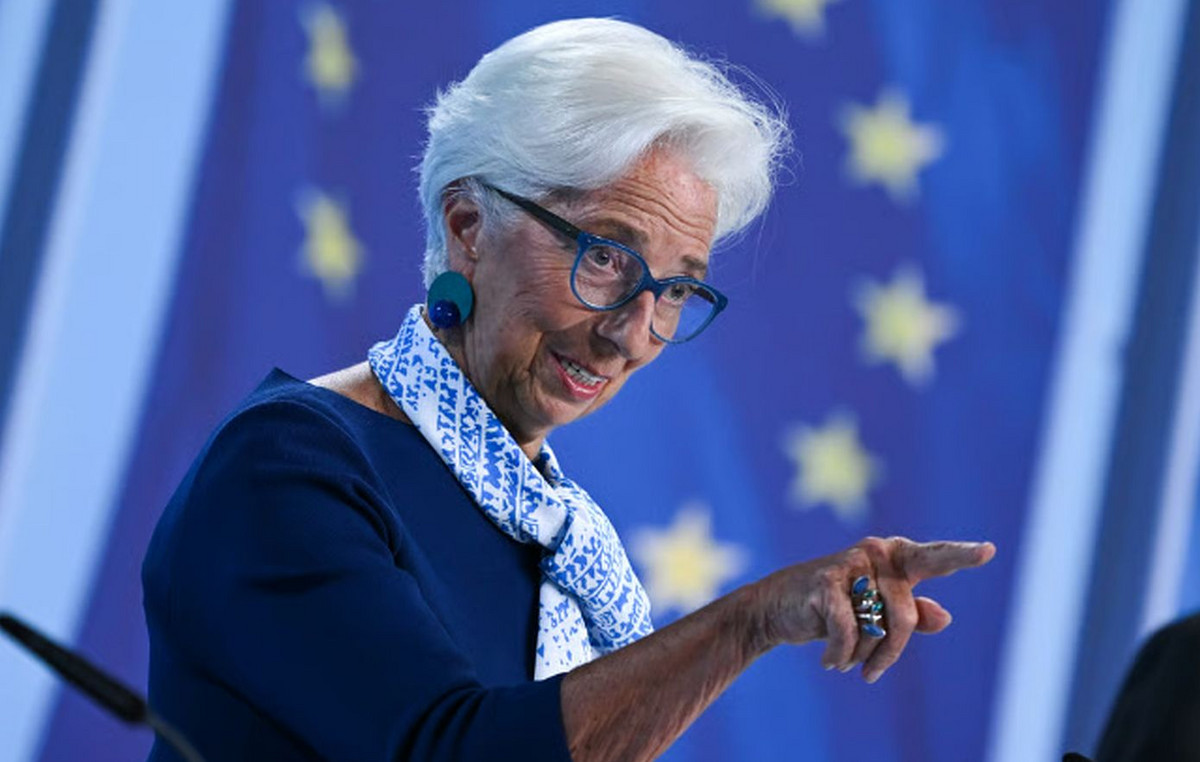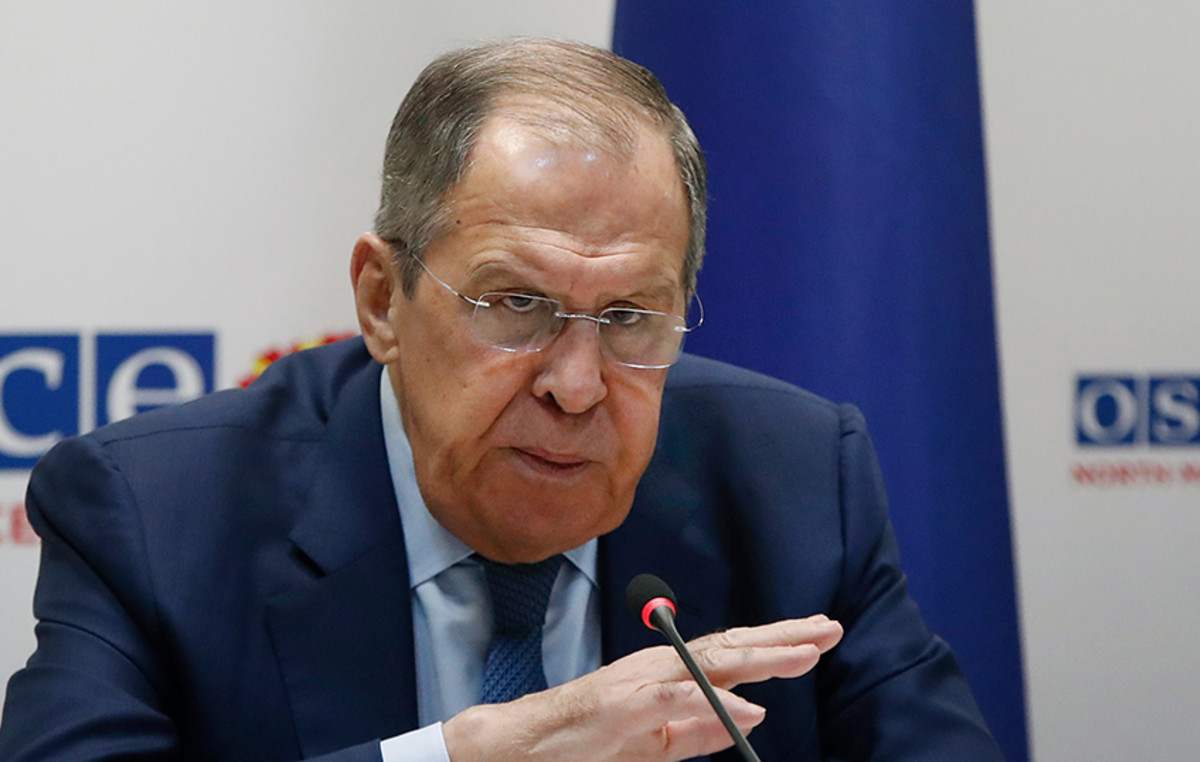- Gold price exceeds $2,400 after Israel attacks Lebanon.
- Falling US Treasury yields and a weak USD support gold prices despite strong US labor market data.
- Europe’s largest economy, Germany, is entering recession, fuelling expectations of an ECB rate cut in September.
Gold prices jumped during the North American session on Tuesday following the news of Israel’s attack on Lebanon, which sent the XAU/USD spot price soaring above the $2,400 mark. The yellow metal had previously hovered around this figure, despite strong US data reinforcing the tightness in the labor market. XAU/USD is trading at $2,404, up more than 0.80%.
Sentiment is mixed, though a drop in US Treasury yields and the dollar sponsored the rally in gold as market participants prepare for the Federal Reserve’s (Fed) monetary policy decision on Wednesday.
Economic data from Europe showed Germany, the bloc’s largest economy, entered recession territory following weaker-than-expected preliminary readings of second-quarter 2024 gross domestic product (GDP). This could trigger a reaction from the European Central Bank (ECB), which is expected to cut interest rates in September.
Meanwhile, geopolitical risks pushed gold above $2,400 after Israel launched an attack in the southern suburbs of Beirut, targeting a Hezbollah commander, according to sources cited by Reuters.
Across the Atlantic, the Fed is expected to keep rates steady but issue a dovish message that could signal to market participants the start of the easing cycle.
However, the US employment data released on Tuesday could dissuade the Fed from reacting in a dovish manner after June job openings beat estimates despite revised May figures coming in higher. Indeed, market players expect Fed Chair Jerome Powell to push back against aggressive pricing of monetary policy by financial markets.
Investors are also looking ahead to the release of the Institute for Supply Management (ISM) manufacturing PMI and the Nonfarm Payrolls (NFP) report, both for July.
Market Movers: Gold Price Ignores Strong US Jobs Data
- The U.S. Job Openings and Labor Turnover Survey (JOLTS) reported 8.184 million job openings, beating estimates of 8 million but slightly below May’s revised figure of 8.23 million.
- The Conference Board reports that July consumer confidence unexpectedly rose to 100.3, beating the consensus of 99.7 and the downwardly revised June figure of 97.8 from 100.4.
- Last week’s US inflation data indicated continued progress toward the 2% target; however, inflation appears more persistent than anticipated as June core PCE figures beat estimates on both a monthly and annual basis.
- Data from the Chicago Board of Trade (CBOT) indicate that traders are pricing in a 54 basis point (bp) easing by the end of the year, based on the December 2024 federal funds rate futures contract.
Technical Analysis: Gold Price Rises Above $2,400
Gold price remains biased to the upside, and if it manages a daily close above $2,400, it could pave the way for further gains. Momentum indicates that the path of least resistance is biased to the upside, although the Fed decision or Powell’s press conference could drag prices lower.
If XAU/USD buyers reclaim the psychological area of $2,450, that could sponsor a rally to challenge the all-time high around $2,483, followed by the $2,500 mark.
On the other hand, if XAU/USD drops below $2,400, the next support would be the 50-day simple moving average (SMA) at $2,358. Once overcome, further losses are expected.
The next support would be the July 25 daily low of $2,353. Once those levels are cleared, the 100-day moving average would be next at $2,326, before falling to the $2,300 mark.
Gold
Gold has played a pivotal role in human history as it has been widely used as a store of value and a medium of exchange. Today, apart from its luster and use for jewelry, the precious metal is considered a safe haven asset, meaning it is considered a good investment in turbulent times. Gold is also considered a hedge against inflation and currency depreciation as it is not dependent on any particular issuer or government.
Central banks are the largest holders of gold. In order to support their currencies in turbulent times, central banks tend to diversify their reserves and buy gold to improve the perception of the strength of the economy and the currency. High gold reserves can be a source of confidence in a country’s solvency. Central banks added 1,136 tonnes of gold worth about $70 billion to their reserves in 2022, according to data from the World Gold Council. This is the largest annual purchase on record. Central banks in emerging economies such as China, India and Turkey are rapidly increasing their gold reserves.
Gold has an inverse correlation with the US Dollar and US Treasury bonds, which are the main reserve and safe haven assets. When the Dollar depreciates, the price of Gold tends to rise, allowing investors and central banks to diversify their assets in turbulent times. Gold is also inversely correlated with risk assets. A rally in the stock market tends to weaken the price of Gold, while sell-offs in riskier markets tend to favor the precious metal.
Gold prices can move due to a wide range of factors. Geopolitical instability or fears of a deep recession can cause the price of Gold to rise rapidly due to its status as a safe haven asset. As a non-yielding asset, Gold prices tend to rise when interest rates fall, while rising money prices often weigh down the yellow metal. Still, most of the moves depend on how the US Dollar (USD) performs, as the asset is priced in dollars (XAU/USD). A strong Dollar tends to keep Gold prices in check, while a weaker Dollar is likely to push Gold prices higher.
Source: Fx Street
I am Joshua Winder, a senior-level journalist and editor at World Stock Market. I specialize in covering news related to the stock market and economic trends. With more than 8 years of experience in this field, I have become an expert in financial reporting.








